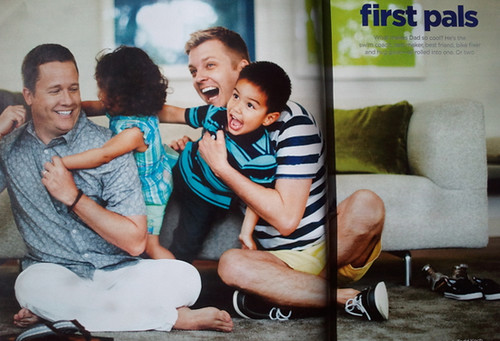
The year 1969 is often remembered for monumental shifts in global history, from the awe-inspiring Apollo 11 moon landing to the transformative cultural phenomenon of Woodstock. Yet, amidst these widely celebrated milestones, a different kind of revolution was unfolding in the narrow, cobblestone streets of Greenwich Village, New York City – one that would fundamentally alter the course of social justice and ignite a movement for equality that continues to resonate five decades later. This was the Stonewall Uprising, a series of spontaneous and fervent protests that began in the early hours of June 28, 1969, marking a pivotal turning point in the struggle for LGBTQ+ rights.
The narrative of Stonewall is not merely about a single night of resistance; it is a profound testament to the courage of a marginalized community pushed to its breaking point. For years, LGBTQ+ individuals had endured systemic discrimination, legal persecution, and relentless police harassment, largely operating in the shadows and seeking refuge in clandestine spaces. The events at the Stonewall Inn were not an isolated incident but the culmination of decades of suppressed anger and a burgeoning desire for dignity and acceptance.
This in-depth exploration will journey through the circumstances that bred such defiance, examining the oppressive environment faced by gay men, lesbians, and transgender people, the specific events of the fateful raid, and the immediate, powerful outpouring of resistance that launched the modern gay rights movement. It is a story of how a police raid on a small, unassuming bar transformed into a rallying cry for liberation, laying the groundwork for what we now celebrate as Pride.
1. **The Pre-Stonewall LGBTQ+ Landscape: A Foundation of Persecution and Early Advocacy**The struggle for LGBTQ+ rights in the United States stretches back decades before the defining moments of Stonewall. In the early 20th century, nascent organizations emerged, bravely attempting to carve out spaces for advocacy and community. Among the earliest of these was the Society for Human Rights, founded in 1924, which sought to challenge the prevailing societal norms and advocate for the rights of gay individuals. However, despite these pioneering efforts, societal acceptance remained tragically limited, and LGBTQ+ individuals frequently faced severe legal discrimination and pervasive police harassment for the simple act of expressing their identities.
The mid-century brought further organized resistance, with the formation of groups like the Daughters of Bilitis in 1955, recognized as the first lesbian rights organization. This group aimed to foster a sense of community among lesbians and actively combat the damaging stereotypes that permeated society. These early advocates laid crucial groundwork, but their efforts often remained overshadowed by widespread homophobic sentiments and a legal system that aggressively criminalized same- relationships, relegating much of LGBTQ+ life to the margins.
By the 1960s, a new wave of resistance began to gather momentum. Organizations like The Mattachine Society intensified their fight against oppressive laws, pushing for recognition and basic human rights. A notable example of their activism was the 1966 “sip-in,” where activists boldly asserted their rights in public spaces, challenging discriminatory practices. Despite facing constant backlash and the ever-present threat of police action, these groups played a vital role in amplifying the call for equality, creating a crucial pre-Stonewall momentum for the eventual uprising.
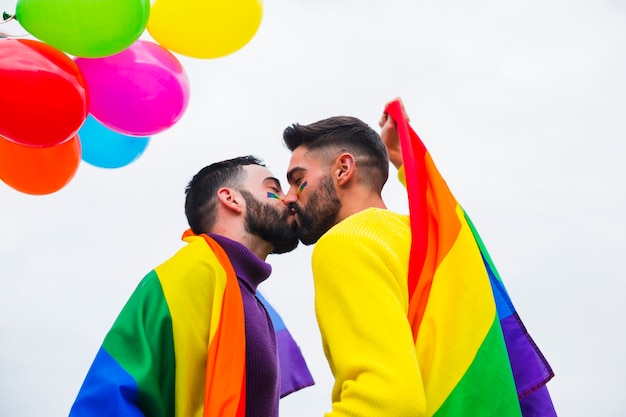
2. **Gay Bars as Sanctuaries: Precarious Havens in a Hostile World**In an era defined by legal discrimination and social stigma, gay bars served as vital sanctuaries for the LGBTQ+ community. These establishments offered often the only safe spaces where gay men, lesbians, and other individuals deemed “ually suspect” could socialize, connect, and express themselves with a semblance of freedom from pervasive public harassment. For many, these dark, seedy, and crowded venues were not merely places to drink, but crucial centers of community and belonging, forming a lifeline in an otherwise hostile world.
However, these safe havens operated under profoundly precarious conditions. They were frequent targets for raids by law enforcement, who actively sought to criminalize gatherings of same- individuals. Patrons could be arrested for minor infractions, or even simply for not conforming to arbitrary “gender-appropriate clothing” statutes. This constant threat of police action fostered an atmosphere of intimidation, stifling public expressions of LGBTQ+ identity and pushing the community further into clandestine spaces.
Adding to the vulnerability, most gay establishments in New York City, including the Stonewall Inn, were controlled by the Mafia. This criminal element exploited the marginalized status of the LGBTQ+ community, leveraging their influence and bribing corrupt police officers to allow these bars to operate, often without proper liquor licenses. While the Mafia offered a degree of protection from official closure, patrons frequently faced exploitation, blackmail, and hazardous conditions within these very establishments, illustrating the complex and often dangerous environment in which the community sought refuge.
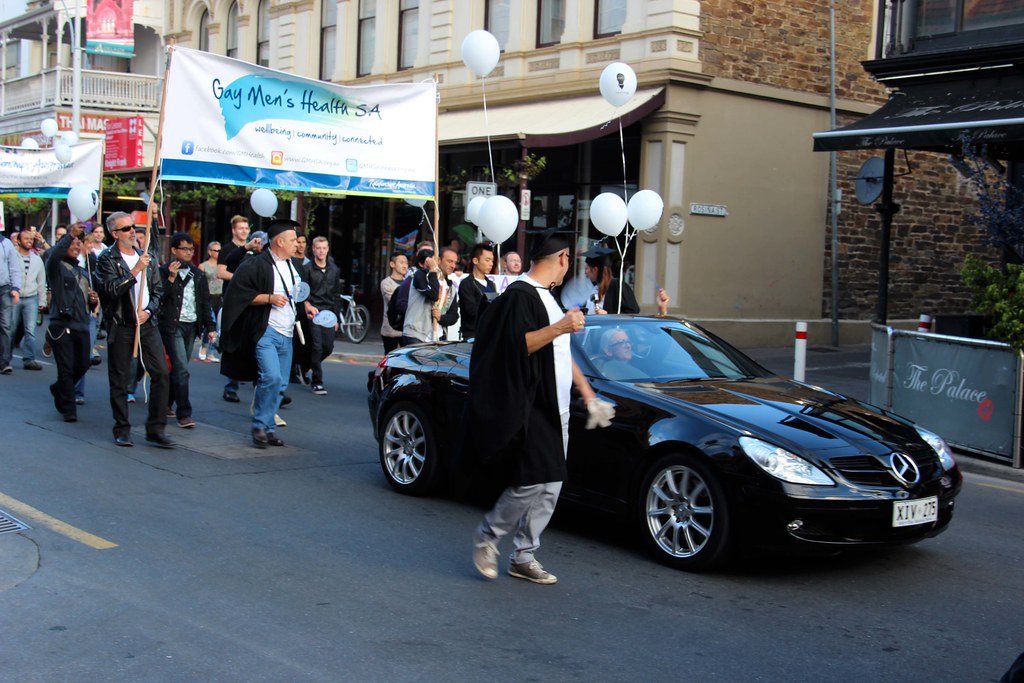
3. **The Raid on the Stonewall Inn: The Catalyst for Revolution**The early morning hours of Saturday, June 28, 1969, saw the oppressive atmosphere reach a breaking point at the Stonewall Inn, a well-known gathering place for young gay men, lesbians, and transgender people in Greenwich Village. At approximately 1:20 AM, nine policemen entered the bar, initiating what was initially perceived as another routine raid—the third such raid on Greenwich Village gay bars in a short period. The officers proceeded to arrest the employees for selling alcohol without a license, an all too common charge against establishments catering to the LGBTQ+ community.
As the raid escalated, police officers roughed up many of the patrons, clearing the bar with a callous disregard for their dignity. In a particularly dehumanizing practice, and in accordance with a prevailing New York criminal statute, several individuals were taken into custody for the “arrest of anyone not wearing at least three articles of gender-appropriate clothing.” This discriminatory statute was frequently used to target transgender people and gender non-conforming individuals, highlighting the arbitrary and intrusive nature of police harassment.
The familiar pattern of intimidation was designed to instill fear and disperse the community. However, this night would prove different. The mounting anger and frustration among LGBTQ+ individuals, simmering for decades, had finally reached a boiling point. The raid on the Stonewall Inn, rather than quashing dissent, inadvertently struck the match that ignited the modern gay rights movement, transforming a routine act of oppression into a historic spark of rebellion.
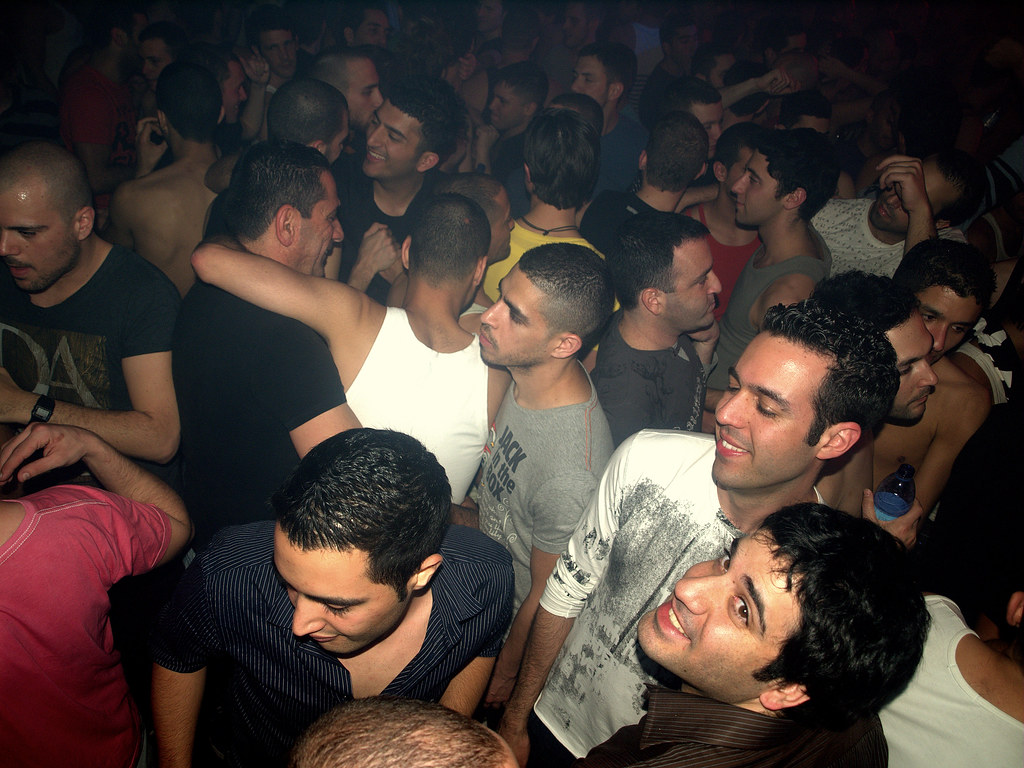
4. **The Eruption of Resistance: From Passivity to Defiance**What began as a typical police raid quickly transformed into an unprecedented outpouring of defiance. As bar patrons were being forced into a police van, the people who had been milling outside the Stonewall Inn, accustomed to retreating or scattering in the face of authority, did not disperse this time. Instead, their anger became apparent and vocal. They began to jeer at and jostle the police, a bold and unexpected show of resistance against their perpetual tormentors.
The situation escalated rapidly as the crowd, fueled by years of pent-up frustration and witnessing the continued humiliation of their peers, started to throw bottles and debris at the officers. This was a stark departure from the more passive behavior the police had come to expect, even from larger gay groups. Faced with an uncharacteristic and growing wave of hostility, the policemen, caught off guard by the community’s resolve, were forced to call for reinforcements.
In a dramatic turn of events, the officers barricaded themselves inside the very bar they had just raided, attempting to escape the increasingly volatile crowd outside. Some 400 people rioted, an extraordinary number for a community that had so long been forced underground. This initial eruption of resistance was not just a reaction to a single raid; it was a powerful statement of collective refusal to endure further humiliation, marking a pivotal moment where a community found its voice in the face of oppression.

5. **Sustained Days of Uprising: A Unified Stand Against Discrimination**The initial explosion of resistance on June 28 was not an isolated incident; the riots outside the Stonewall Inn waxed and waned for the next five days, transforming into a sustained uprising. What many historians have characterized as a spontaneous protest was indeed a collective eruption against the perpetual police harassment and social discrimination that had plagued a variety of ual minorities throughout the 1960s. This extended period of unrest underscored the deep-seated resentment and the fervent desire for change within the community.
During these tumultuous days, the police barricade was repeatedly breached, and at one point, the bar itself was set on fire, only to be extinguished by arriving police reinforcements. The streets of Greenwich Village became a battleground, with members of the LGBTQ+ community and their allies confronting law enforcement, demanding an end to the systemic oppression they had long endured. The sheer persistence of the protest signaled a profound shift in the community’s willingness to fight for its rights.
Crucially, the Stonewall incident was perhaps the first time that lesbians, gays, and transgender people truly saw the value in uniting behind a common cause. Historically, different segments of the ual minority community had often struggled in isolation. However, the shared experience of the raid and the subsequent days of resistance forged an unprecedented sense of solidarity, demonstrating the power of collective action and laying the foundational groundwork for a unified movement.
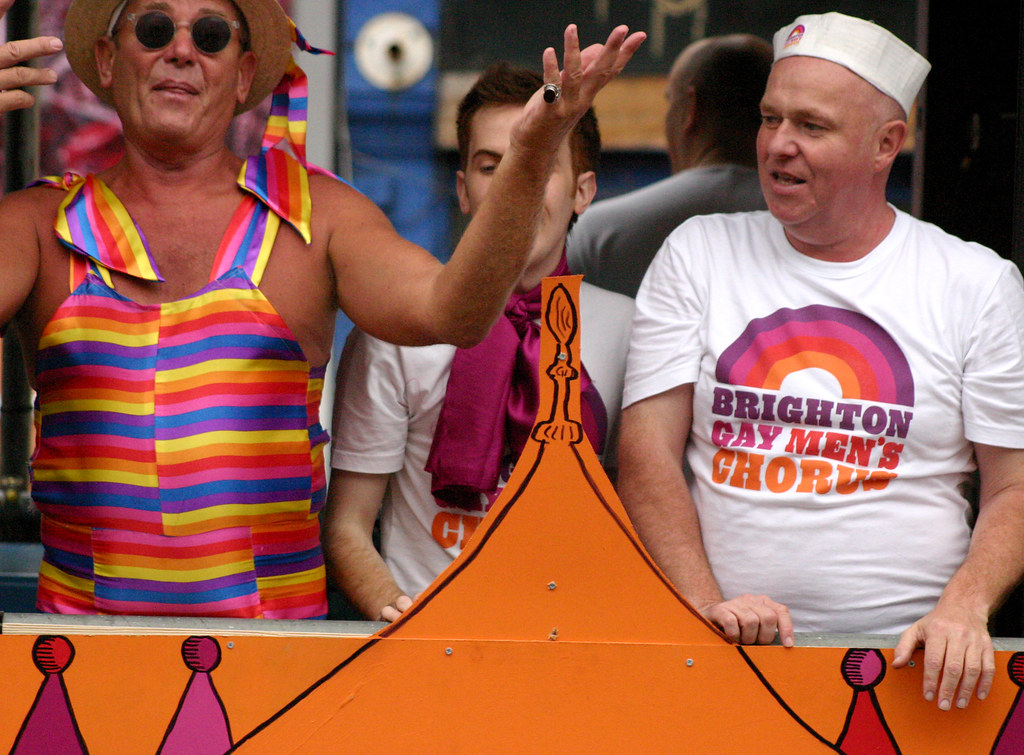
6. **Key Figures of the Uprising: The Unsung Heroes Who Fought Back**While the Stonewall Uprising is celebrated as a collective act of resistance, the history books illuminate the crucial roles played by specific individuals, particularly lesbians and transgender women of color, who stood at the forefront of the fight. These individuals, often the most marginalized within the LGBTQ+ community, were among the key people involved in the act of defiance against police brutality. Their courage in those tumultuous days not only shaped the immediate response but also inspired generations of activists to come.
Among these influential figures, Stormé DeLarverie is often cited as a central catalyst in the initial clash. Accounts suggest her resistance during an arrest helped spark the crowd’s outrage, transforming passive observation into active rebellion. Her refusal to comply, and her challenge to the police, resonated deeply with those gathered outside the Inn, galvanizing their anger into direct action. She became a symbol of the fierce determination displayed by many that night.
Furthermore, Sylvia Rivera and Marsha P. Johnson, both transgender women of color, emerged as prominent voices and unwavering forces during and after the riots. Their activism extended far beyond Stonewall, as they tirelessly advocated for the rights of the most vulnerable members of the LGBTQ+ community, particularly homeless youth and people of color. Their involvement underscores the intersectional nature of the uprising, highlighting how struggles for racial and gender justice were intertwined with the fight for ual liberation. Their bravery and leadership are a powerful reminder of the diverse community that rose up in defiance.

7. **Stonewall as a Galvanizing Force: Intersecting with Broader Civil Rights Movements**The Stonewall riots did not occur in a vacuum; they were a powerful expression of dissent that resonated deeply within the wider social and political landscape of the late 1960s. The context of concurrent civil rights and feminist movements provided a fertile ground for the LGBTQ+ uprising, allowing it to become a galvanizing force for change. The broader societal awakening to issues of equality and justice created an environment where the demand for gay liberation could find its footing and amplify its voice.
Activists from the emerging gay liberation movement drew inspiration and strategic insights from the ongoing struggles for racial equality and women’s rights. The lessons learned from these movements – regarding protest tactics, community organizing, and the articulation of rights – proved invaluable. This cross-pollination of ideas and strategies strengthened the resolve of the nascent LGBTQ+ movement, providing a blueprint for how to challenge systemic oppression effectively.
A key moment demonstrating this synergy was the Revolutionary People’s Constitutional Convention in 1970. At this significant gathering, activists from diverse movements, including Black Power, feminist, and gay liberation, came together. They saw common cause in their respective fights against injustice and learned from each other’s experiences and methodologies. This collaborative spirit cemented Stonewall’s place not just as an isolated event, but as an integral part of a larger tapestry of social progress, forever linking the fight for LGBTQ+ rights to the broader struggle for human dignity and equality.

8. **The Birth of Organized Activism: The Gay Liberation Front**In the immediate aftermath of the Stonewall Uprising, the surge of collective defiance transformed into a structured movement, giving birth to pivotal organizations dedicated to advancing LGBTQ+ rights. Among the most significant of these was the Gay Liberation Front (GLF), which emerged as the primary organization to channel the energy and resolve ignited by the riots into sustained activism. Its formation marked a crucial shift from spontaneous protest to an organized, strategic fight for liberation, reflecting a burgeoning awareness of the need for systemic change.
The GLF initially formed in the United States, drawing its mandate from the collective experiences of oppression and the newfound solidarity witnessed during the uprising. This organization played a fundamental role in shaping the nascent gay rights movement, advocating for radical social transformation and challenging prevailing heteronormative norms. Its early members were instrumental in articulating the demands of a community long silenced, seeking not just tolerance but full acceptance and equality.
Indeed, the emergence of the Gay Liberation Front was part of a broader wave where numerous organizations arose to champion LGBTQ+ rights in the wake of Stonewall. Groups such as the Human Rights Campaign, alongside the GLF, were founded to challenge societal norms and fight for equality. This wave of organized activism brought unprecedented visibility to LGBTQ+ issues, laying crucial groundwork for future legislative measures and broader cultural acceptance.
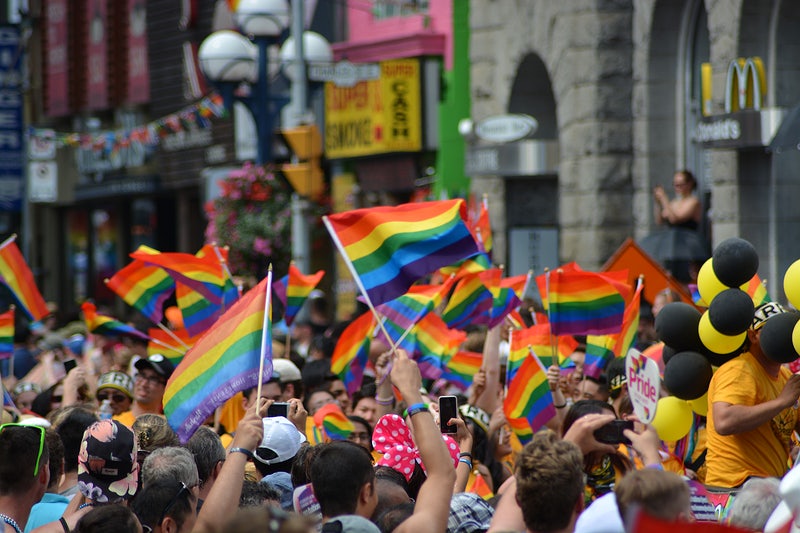
9. **The Genesis of Pride: Christopher Street Liberation Day**The spirit of resistance forged at Stonewall quickly found its most iconic expression in the genesis of what is now globally recognized as Pride. On June 28, 1970, precisely one year after the initial police raid, New York City hosted the Christopher Street Liberation Day Parade. This landmark event was the culmination of discussions within the newly formed Gay Liberation Front and represented the first organized commemoration of the Stonewall Uprising, transforming a moment of rebellion into an annual celebration of identity and advocacy.
Thousands of individuals gathered for this inaugural parade, openly expressing their pride and demanding rights in a way that had previously been unimaginable. The parade served as a powerful declaration, asserting the visibility and presence of LGBTQ+ individuals in public spaces, challenging the societal stigma that had long forced them into the shadows. It was a demonstration of resilience, a collective assertion of self-worth, and a public call for an end to discrimination and persecution.
The tradition initiated that day on Christopher Street has since expanded exponentially, evolving into Pride celebrations observed across countless cities and nations worldwide. Each year, these events symbolize the enduring strength of the LGBTQ+ community, their persistent fight for human rights, and the collective memory of the struggles and triumphs that began with Stonewall. Pride, in its global manifestation, remains a potent reminder of the resilience that defined that pivotal moment in 1969.
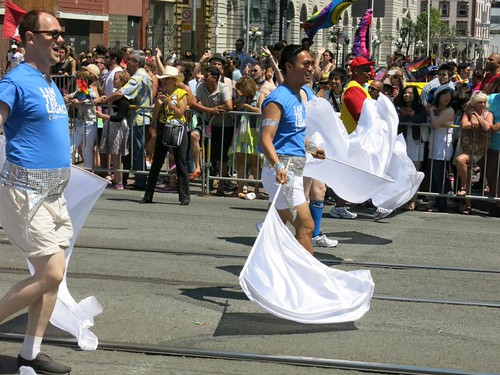
10. **Early UK Grassroots Activism: Post-Decriminalization Challenges**The ripple effects of Stonewall were not confined to American shores; they swiftly reached the United Kingdom, inspiring a new wave of activism despite a distinct legal and social landscape. Some UK activists who had been involved in key moments of the US movement returned to Britain with a galvanized sense of purpose. This led to the formation of a British chapter of the Gay Liberation Front, which convened its first meeting at the London School of Economics (LSE) library in October 1970, marking a significant step in organized British LGBTQ+ activism.
Although ual acts between men had been partially decriminalized in the UK in 1967, this legislative change did not signal an end to persecution. On the contrary, a substantial amount of social stigma and harassment continued to target gay and bisexual men, underscoring the limitations of legal reform without broader societal acceptance. Campaigning during this period was primarily led by the Homosexual Law Reform Society, which focused on legislative changes but often struggled to address the deeper cultural prejudices that persisted.
The 1970s in the UK were characterized by a robust embrace of radical grassroots and community-based activism and support. Numerous splinter groups emerged from the Gay Liberation Front, each contributing to a diverse and energetic movement. The Campaign for Homoual Equality (CHE) became a key driving force, and the focus of activism broadened to explicitly challenge heteronormative, conservative norms surrounding family structures and gender roles, aiming for a more fundamental societal shift.
This era also witnessed the establishment of vital community-led initiatives that laid the groundwork for future support networks and media representation. These included the launch of *Gay News* in 1972, providing a dedicated media platform for the community; the establishment of Switchboard in 1974, offering crucial support and information; and the opening of Gay’s the Word bookshop in 1979, creating a physical space for cultural and intellectual exchange. These initiatives collectively fostered a stronger, more visible LGBTQ+ community in Britain.
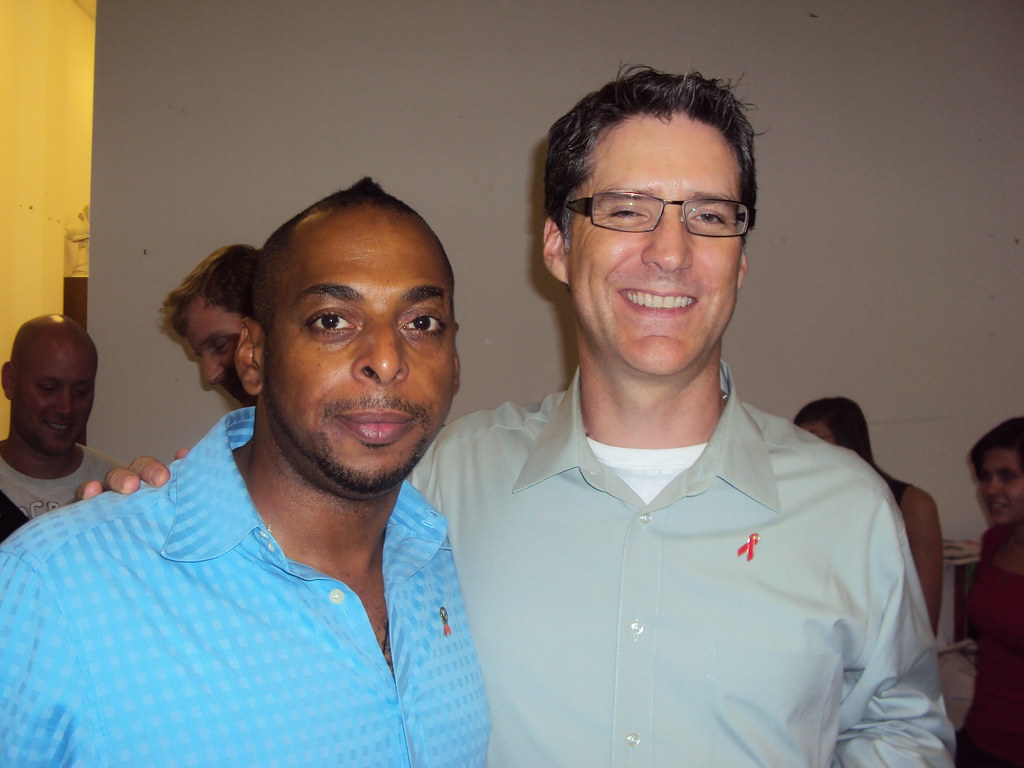
11. **The Shadow of AIDS: A Crisis and a Community Response**The hard-won gains and burgeoning visibility of the LGBTQ+ community faced an unprecedented and devastating challenge with the advent of the AIDS crisis, which profoundly impacted the 1980s. The illness first came to public attention in 1981, marking the beginning of a period of widespread fear, loss, and renewed stigmatization. In the United Kingdom, Terry Higgins was among the first individuals known to die of an AIDS-related illness in 1982, leading to the establishment of the Terrence Higgins Trust in his name, a pioneering organization in the fight against HIV/AIDS.
Both the United States and the United Kingdom experienced a severe lack of political and service support for individuals living with HIV/AIDS, exacerbating the suffering and isolation within affected communities. This systemic neglect necessitated a profound emphasis on community activism and self-organization, as LGBTQ+ individuals and their allies stepped forward to fill critical gaps in care, education, and advocacy. This period underscored the community’s capacity for resilience and mutual support in the face of profound adversity.
Crucially, during this challenging time, lesbians and biual women provided indispensable support to gay and bisexual men, demonstrating an extraordinary solidarity that transcended previous divisions within the broader LGBTQ+ community. This inter-community aid involved practical care, emotional support, and collaborative activism, strengthening the bonds of a community under siege. Their actions were a testament to the power of collective compassion.
The urgency of the crisis also led to the formation of direct-action groups like Act Up, which became a key campaigning force. Act Up focused intensely on challenging the severe lack of political will and health support for people living with HIV/AIDS. Through visible and often confrontational protests, Act Up demanded governmental accountability, accelerated drug research, and equitable access to treatment, highlighting the critical role of grassroots advocacy in public health emergencies.
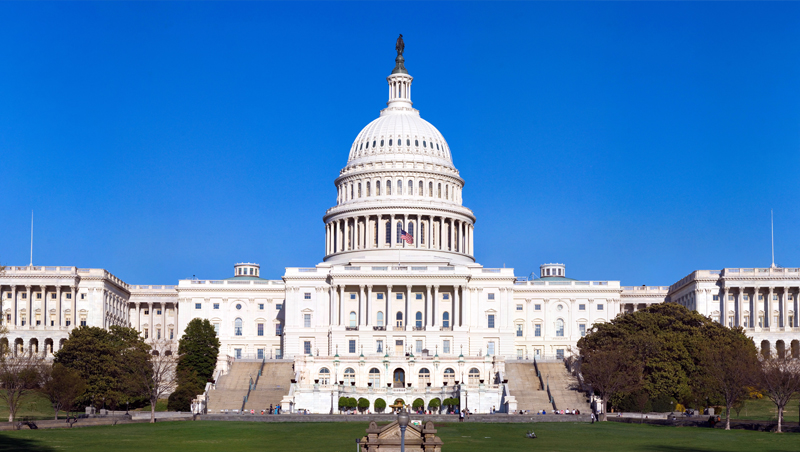
12. **Legislative Setbacks: Section 28 and Its Impact**The 1980s presented a complex landscape for the LGBTQ+ community, where the burgeoning public health crisis of AIDS coincided with heightened political and social stigmatization. This hostile environment, characterized by fear and misunderstanding, created the political context that enabled the passage of highly detrimental legislation, most notably Section 28 in the United Kingdom. This measure represented a significant step backward in the struggle for LGBTQ+ equality and recognition.
Section 28, a highly controversial piece of legislation, effectively prevented teachers and local authorities from “promoting homouality” or teaching “the acceptability of homosexuality as a pretended family relationship” in schools. This vague and punitive language had far-reaching consequences, extending beyond explicit prohibition to foster an atmosphere of self-censorship and fear within educational institutions. The law effectively silenced discussions about same-sex relationships and LGBTQ+ identities in academic settings.
The impact of Section 28 was profound and deeply damaging, forcing teachers who were LGBTQ+ “back into the closet, or out of their job,” fearing professional repercussions for simply acknowledging their identities or addressing related topics. More broadly, it had a scarring effect on an entire generation of LGBTQ+ young people, denying them crucial information, positive representation, and a sense of belonging within their school environments. This legislative setback underscored the persistent fight against prejudice and institutional discrimination.

13. **Stonewall UK: A New Force Against Discrimination**In direct response to the discriminatory climate epitomized by Section 28 and the broader stigmatization of the LGBTQ+ community, a new and powerful advocacy organization was founded in the United Kingdom. Named ‘Stonewall’ in homage to the pivotal 1969 uprising in New York, the group was created to actively combat discrimination and campaign for full equality. Its establishment, some two decades after the original Stonewall Uprising, marked a renewed, organized effort to fight for rights in Britain.
Preparations for the formation of this influential organization began on September 11, 1988, during a critical meeting held at the London home of renowned actor Sir Ian McKellen in Limehouse. During this gathering, the fundamental aims and objectives of the nascent group were meticulously drawn up in a foundational document, aptly dubbed the “Second Limehouse Declaration.” This nomenclature was a deliberate nod to a previous political declaration, the first Limehouse Declaration, which had announced the launch of the Social Democrat Party from the house next door, symbolically placing the new LGBTQ+ movement within a lineage of significant political shifts.
The formal public announcement of the group’s founding occurred on May 24, 1989. A press release was disseminated to the LGBTQ+ press, informing the community and wider public about the establishment of the Stonewall Group. This moment signaled the arrival of a robust, organized voice dedicated to campaigning for the rights and acceptance of lesbian, gay, and biual individuals in the UK, committing to a sustained effort to challenge legislative and social inequalities.
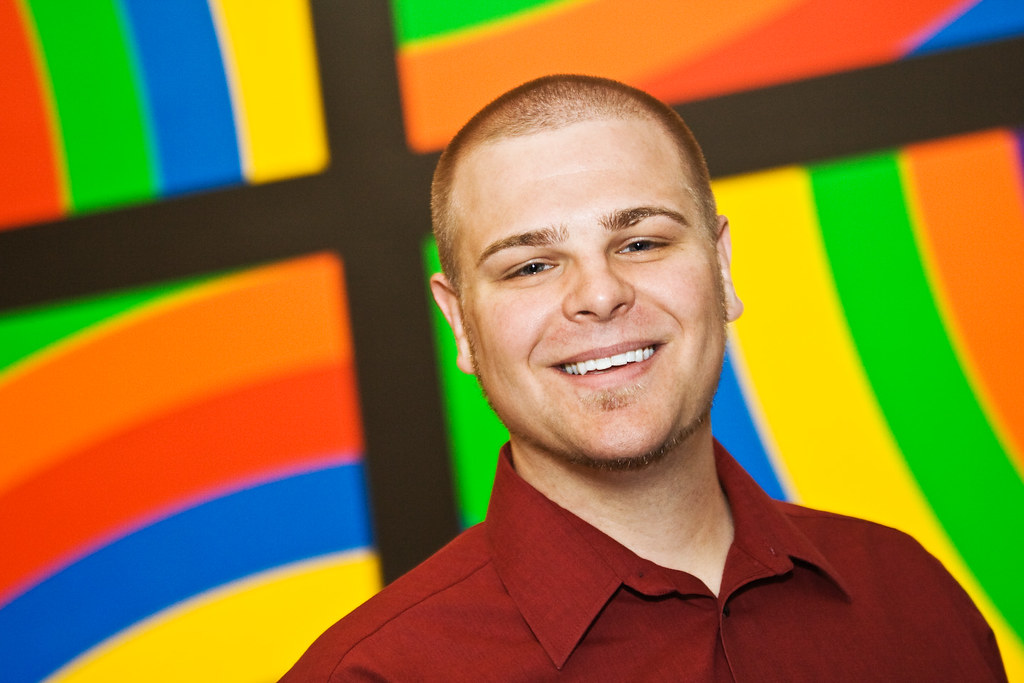
14. **The Enduring Legacy of Stonewall: Progress and Persistent Struggle**Fifty years after the courageous stands taken at the Stonewall Inn, the legacy of the uprising continues to reverberate, serving as both a benchmark for extraordinary progress and a stark reminder of the persistent struggle for complete equality. In the United Kingdom, the concerted efforts of the LGBTQ+ movement, significantly bolstered by organizations like Stonewall, have demonstrably altered the legal and social landscape over the past three decades. This unwavering advocacy has secured pivotal advancements that have tangibly improved the lives of LGBTQ+ individuals both domestically and internationally.
These hard-won victories in the UK include the establishment of critical employment rights, ensuring protection against discrimination in the workplace. Furthermore, significant strides have been made in securing parenting rights, allowing LGBTQ+ individuals to form families and raise children with legal recognition and support. Partnership rights have been enacted, affording legal recognition to same- relationships, and a crucial step towards equality was achieved with the implementation of an equal age of consent, dismantling a long-standing discriminatory legal framework.
The enduring significance of Stonewall has also received official recognition. In the United States, in 2016, the site of the historic uprising, the Stonewall Inn, was deservedly designated as a national monument. This designation underscored its profound importance in American history, acknowledging its role as a birthplace of the modern LGBTQ+ rights movement and a symbol of resistance against oppression, ensuring its place in the national narrative.
As the world reflects on the five decades since the riots, there is indeed much to celebrate in the advancements towards LGBTQ+ liberation. However, the journey towards full acceptance is far from complete. The ongoing efforts underscore that significant work remains to be done before everyone can be accepted for who they are, without exception, highlighting a continuing global struggle for dignity, respect, and fundamental human rights. The spirit of Stonewall, therefore, endures not just as a historical memory, but as a living call to action for future generations.
Read more about: Marsha P. Johnson: Unveiling the Enduring Legacy of an Unyielding Pioneer in the Fight for LGBTQ+ Liberation
From the cobblestone streets of Greenwich Village to legislative halls and global Pride parades, the 1969 Stonewall Uprising stands as an indelible testament to the human spirit’s capacity for resistance and transformation. It was a moment when a marginalized community, pushed to its breaking point, decided to fight back, igniting a flame that would illuminate the path to liberation for millions. The echoes of those defiant nights continue to resonate, reminding us that progress is often forged in the crucible of protest, and that the unwavering pursuit of equality is a journey that, though long and arduous, yields profound and lasting change. The story of Stonewall is not just history; it is an ongoing narrative of courage, community, and the unyielding hope for a more just world.




